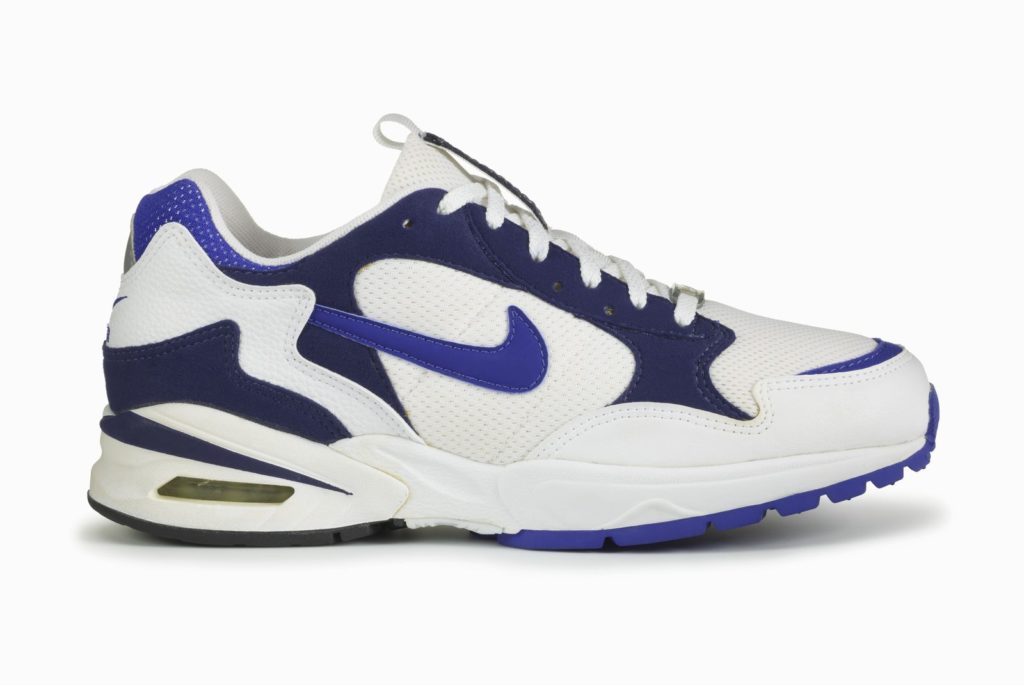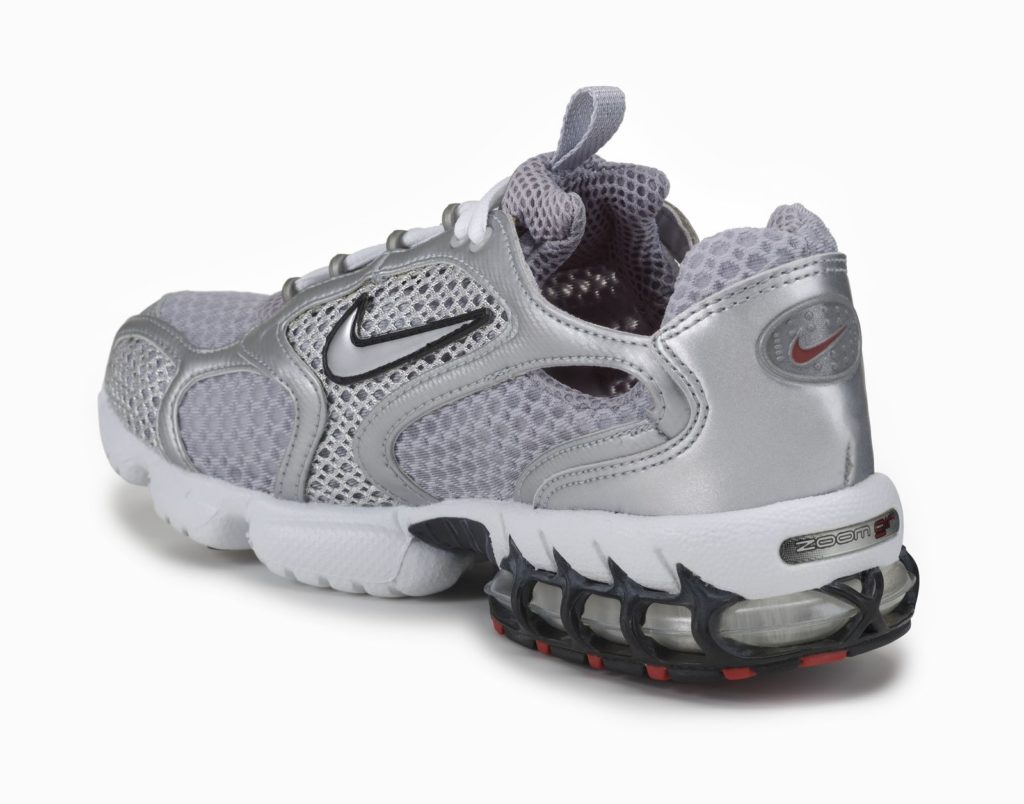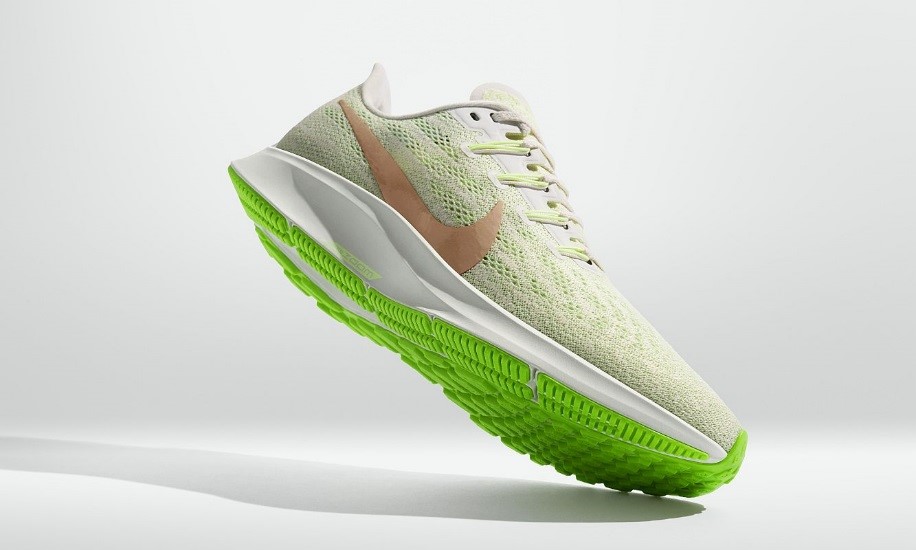The Nike Air Zoom Pegasus 36 is the latest in an illustrious line of comfortable and accessible running shoes that stretches back to 1983. Records show that the leading designer was Nike CEO Mike Parker, back when he was the manager of advanced product designs and the director of design concepts and engineering.
The inspiration for the shoe’s name came from the shoe’s half air design, similar to the winged half-horse it was named after, to represent movement, quickness and the allure of flying.
We take you on a quick trip back in time and see how the shoes have evolved over the years.

1983: The Nike Pegasus is Launched
It carried a retail price of US$50, and featured a nylon upper with a light suede leather tip. The Pegasus was the first shoe to feature an Air Wedge, a heel-only Air unit that, according to an October 1982 Nike catalog, “improves shock absorption by 12 per cent over an EVA wedge”. In fact, the developmental name for the shoe was the Air Wedge Trainer.

1988: Nike Air Pegasus ACG for All-weather Use
In 1987, the Nike Pegasus was officially renamed the Nike Air Pegasus to highlight its air cushioning properties. This was followed up with a special edition featuring synthetic leather uppers and rubber toe guard, launched in 1988. It offered runners an alternative shoe for cold, wet conditions, with an all-terrain outsole that was at home on both tarmac and light trails. By 1988, the Air Pegasus had also become Nike’s top-seller.

1995: Nike Air Zoom LWP debuts
The Air Zoom story intersects with that of the Pegasus in 1995 with the release of the Air Zoom LWP running shoe. Initially named tensile air, it was changed to Zoom Air in time of the LWP (lightweight performance) launches. Reserved for the forefoot, the Nike Air Zoom LWP’s tensile fabric strands were tactically positioned for toe propulsion and paired with a more traditional Air unit at the heel to absorb shock.

1996: Visible Air on the Nike Air Pegasus 1996
The first Air Pegasus to sport a Visible Air pod on the midsole appeared in 1996. With a breathable mesh upper, a comfortable air foam midsole, and extra cushioning, it was promoted as a shoe that you could run in for a very long time without stress or fatigue.

2003: Caged Zoom Air debuts in the Air Zoom Spiridon
The dramatically updated Nike Air Zoom Spiridon introduced caged Zoom Air in 2003, with an oversized, visible heel unit encased in a Pebax cage. A sequel followed in 2005, and the Nike Air Zoom Spiridon Plus was further tuned to amplify take-off response.

2014: The Air Zoom and Pegasus Combine Forces for the Air Zoom Pegasus 31
Named the Nike Air Zoom Pegasus 31, the shoe combined the best of the Air Zoom’s reactive cushioning and the Pegasus’s awesomely comfortable ride. World Champion marathoner Mo Farah was actively involved in the shoe’s design. The new design introduced enhancements like a new contoured last for streamlined fit, dropped offset of 10mm for a more natural stance, an engineered mid-foot saddle, designed to provide ultimate lock-down while under the foot, and an all new crash rail out-sole to provide a smooth transition for any type of foot strike.

2019: Nike Air Zoom Pegasus 36
The latest on the scene, the 36th-gen version of this storied running shoe now features engineered mesh with added perforations to enhance breathability across high-heat areas such as the forefoot and arch. A slimmer heel collar and tongue make for a more conforming fit than before. The Nike Air Zoom Pegasus 36 maintains its full-length Zoom Air unit, first introduced in the Nike Air Zoom Pegasus 35, encased by Cushlon foam in the mid-sole for a smooth, responsive, cushioned ride. Backed by decades of developmental history, the Nike running story is set to continue.







Comment (0)